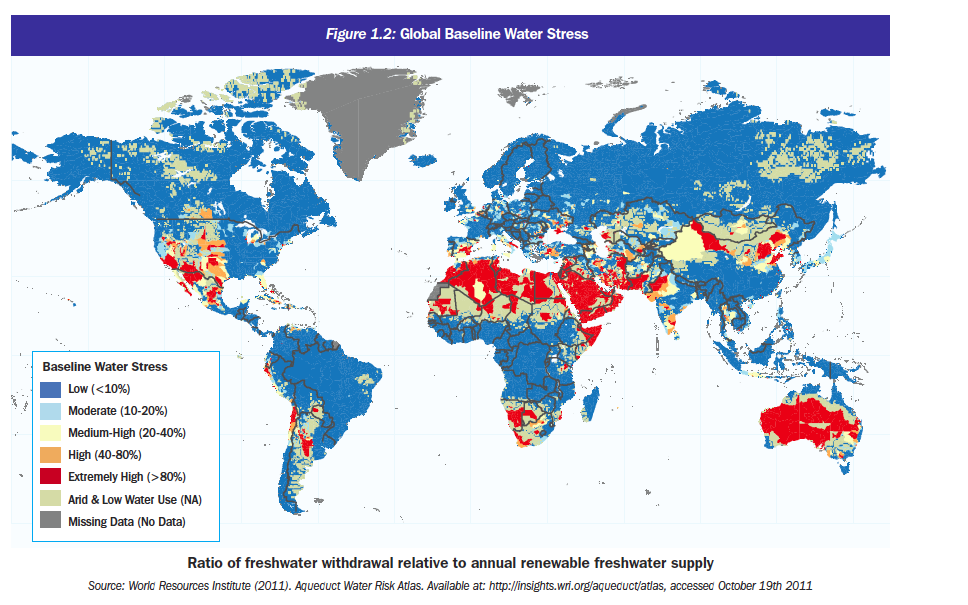
CERES
Increasing water demand by the power and energy sectors is another growing competitive pressure. Many forms of electric power require massive amounts of water for cooling, with the sector accounting for 41 percent of total water withdrawals in the United States and 44 percent in the European Union. The water intensity of fuel production is also on the rise. In 2009, only five percent of the world’s liquid fuels came from water-intensive “unconventional” sources such as biofuels, oil sands and shale oil. By 2035, the U.S. Energy Information Administration predicts, that number could double or even triple, depending on global oil prices.
View this complete post...
Tags: Aqua Gauge, Ceres, Corporate, OK, Oklahoma, Risk Management, Texas, TX
Posted in
Climate Change, Drinking Water, Energy, Environment, Global, Infra Views, Private Investment
Comments Off on The Ceres Aqua Gauge: A FRAMEWORK FOR 21ST CENTURY WATER RISK MANAGEMENT













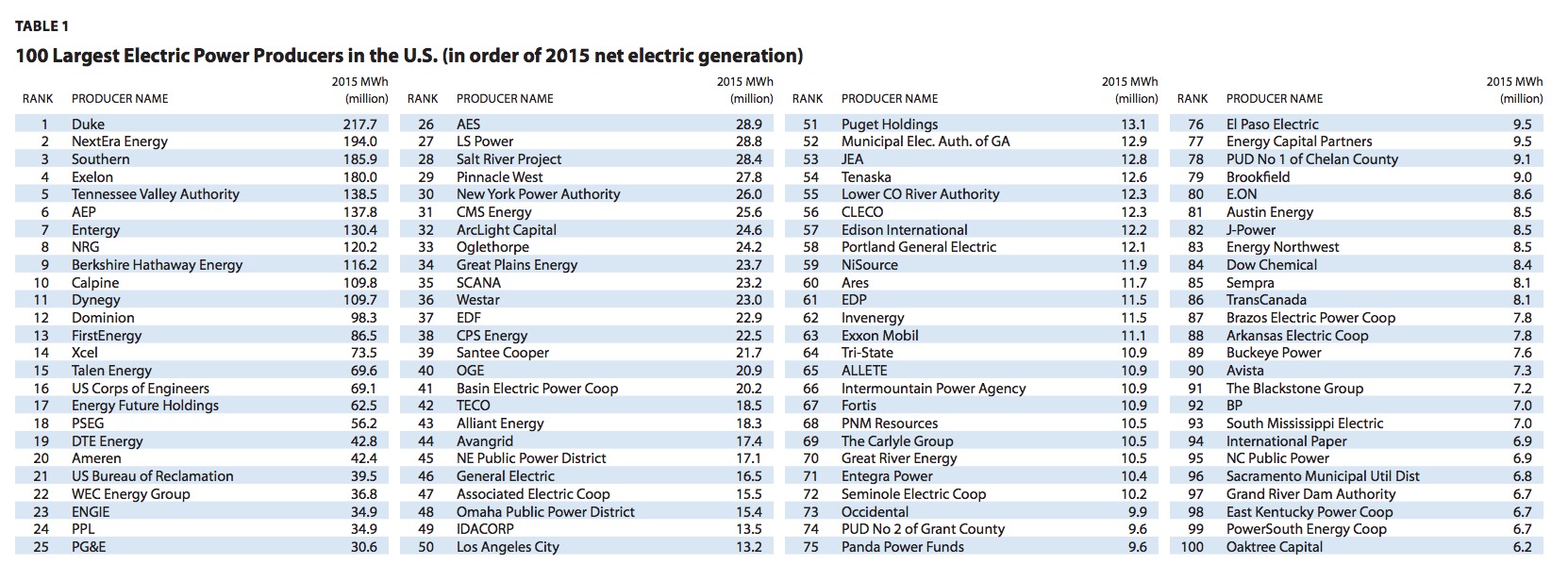
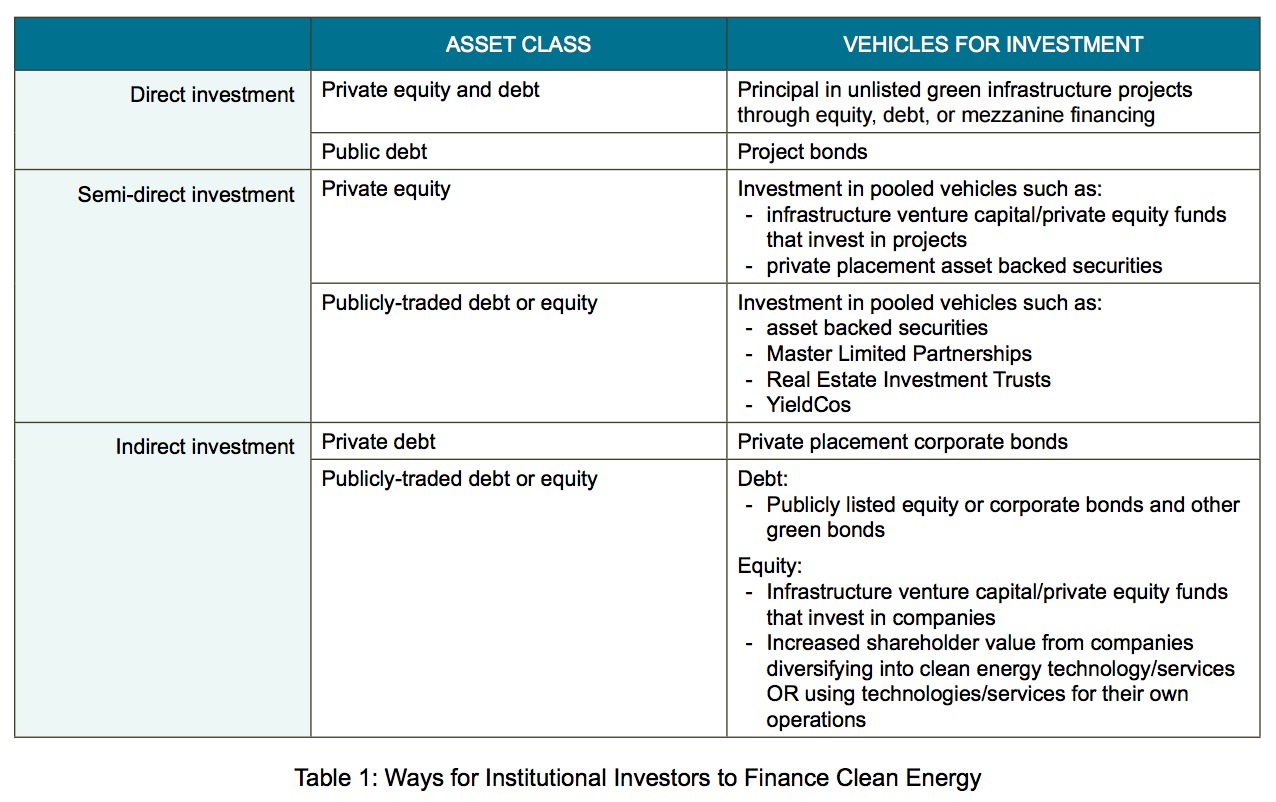
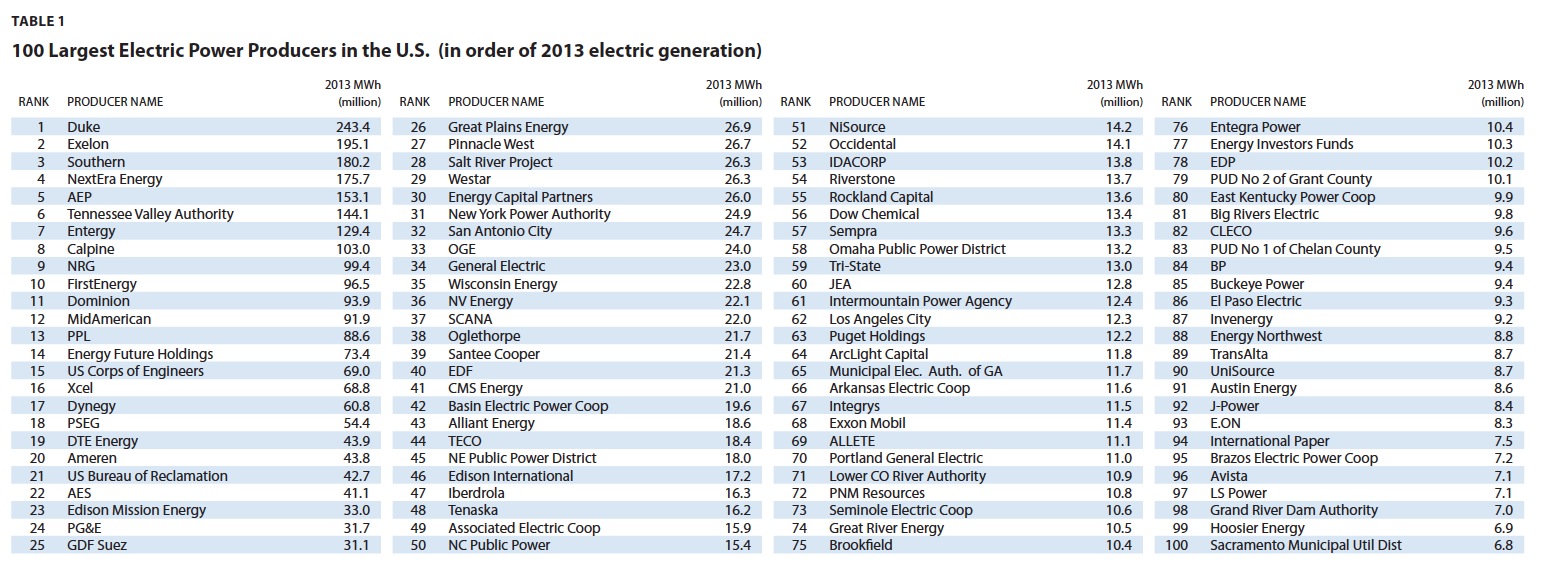
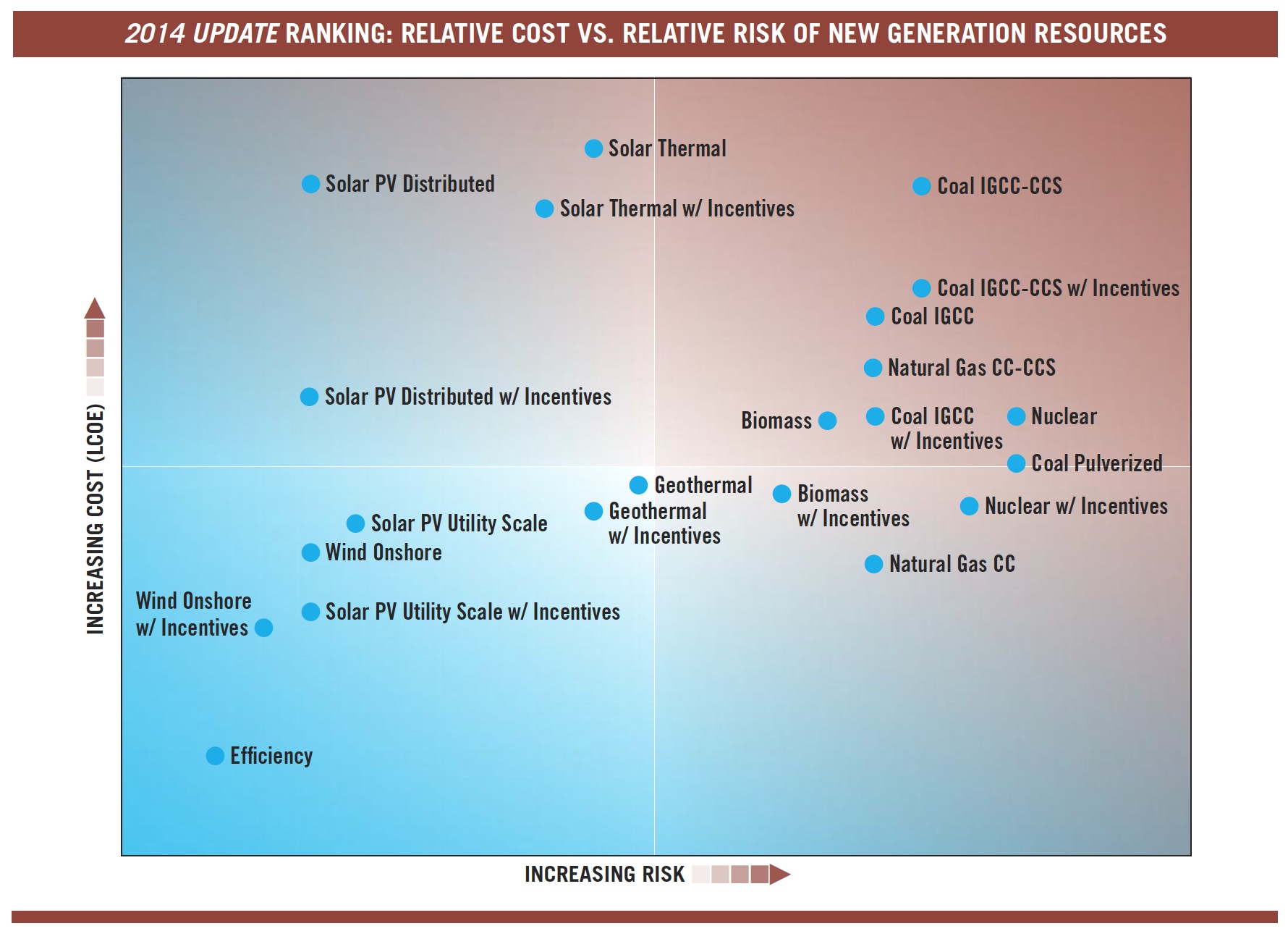
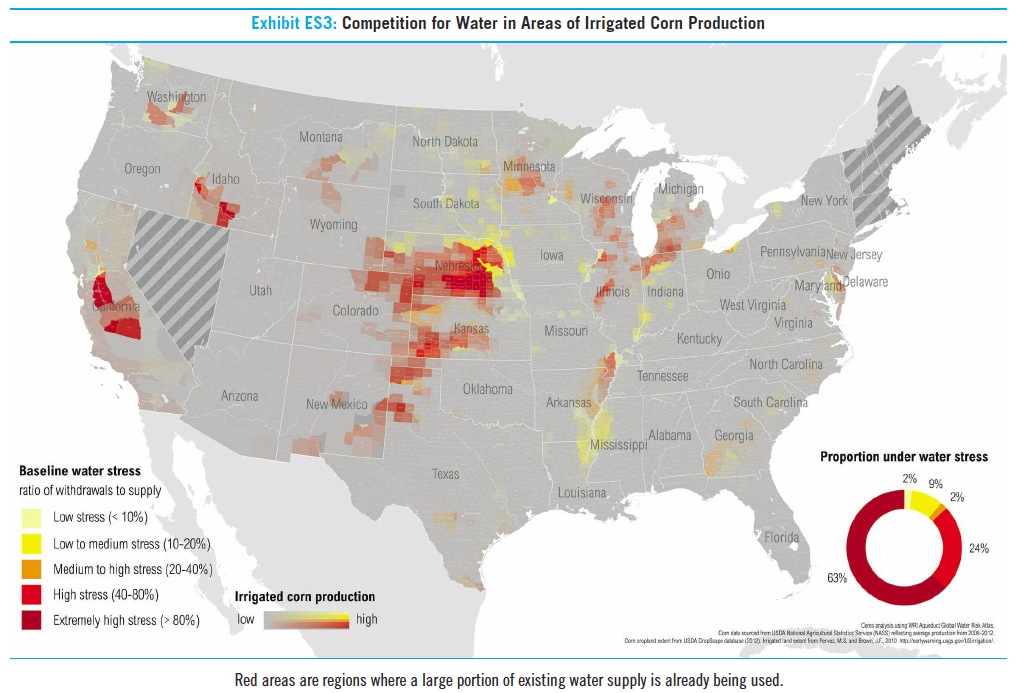
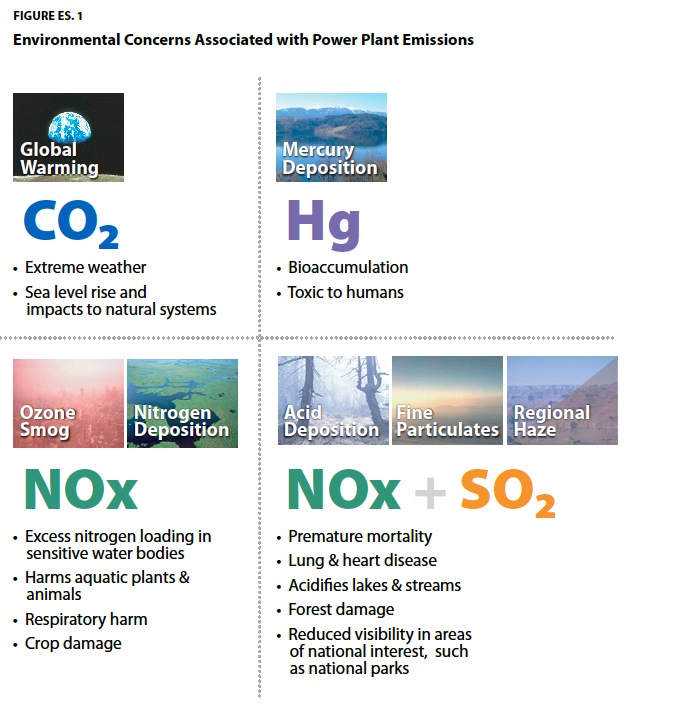
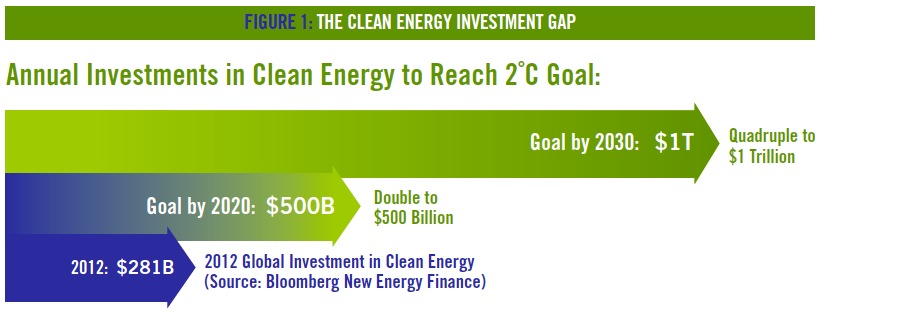
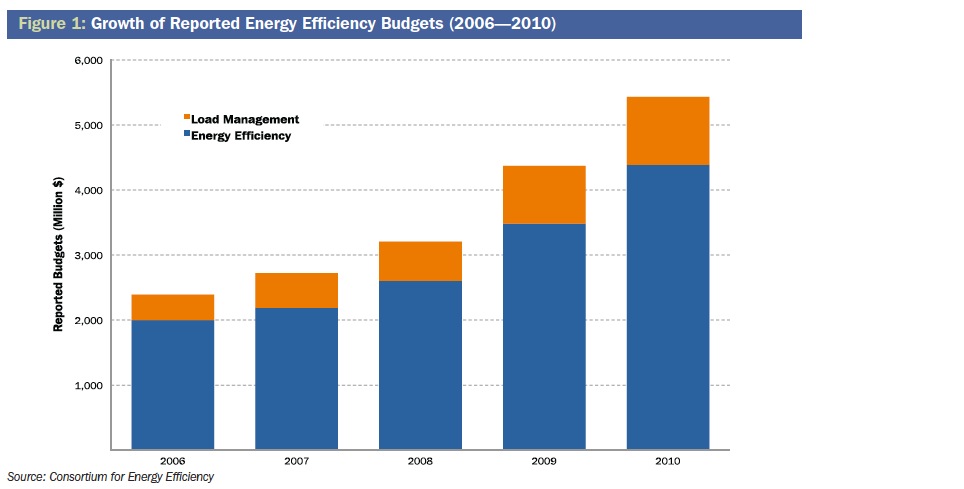


 RSS Feed
RSS Feed